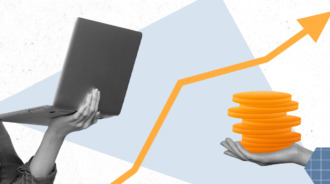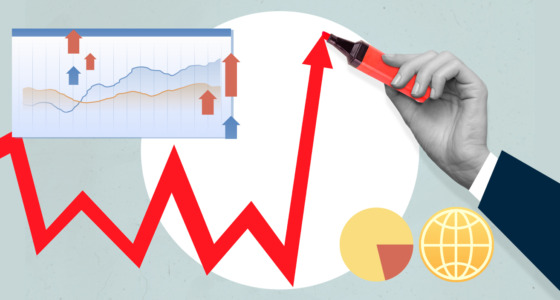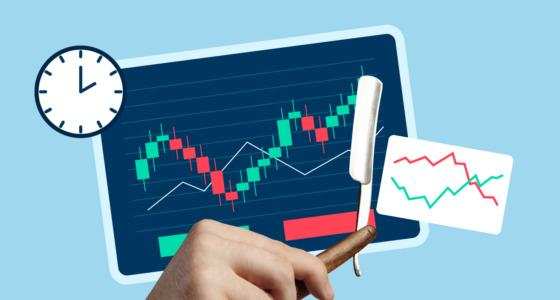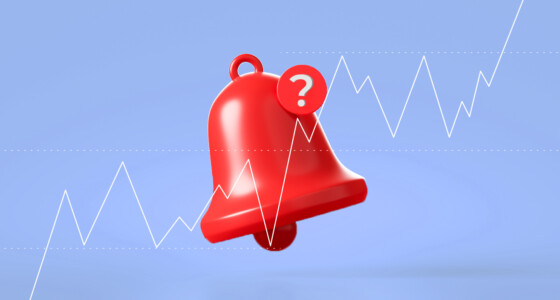

There is a strong correlation between the earnings of adults and whether they were surrounded by books in childhood. Economists at the University of Padua studied 6,000 men in nine European countries and found that those who had access to a lot of books earned 21% more.
The problem is that trading and investing are not topics we commonly address during our school years. Even in college, unless you join a special course, you may not learn this type of information. Most traders are self-taught, so you need to find your own resources to learn and understand these subjects.
People have always received life-guiding wisdom from nonfiction texts, including autobiographies and memoirs, self-help books, and how-to manuals. And if you’re looking for books packed with trading wisdom, you’ve come to the right place!
Of course, there are many incredible books for traders and by traders. These are just five examples of books that should be prioritized on your to-read list. The choice of books was based on how practical and strategy-dense they were.
How to Day Trade for a Living: A Beginner’s Guide to Trading Tools and Tactics, Money Management, Discipline and Trading Psychology by Jack D. Schwager

Jack D. Schwager explains the basics of short-term trading and the main differences from other trading styles or investments. His goal was to make the book short enough so that readers finish it and apply the knowledge straight away — without having to deal with filler text.
Beginner traders will understand where to start, what to expect, and how to adapt strategies. Intermediate traders will be able to review the basics and explore more advanced techniques, too.
The strategies discussed and detailed in the book are:
- Support and Resistance
- Moving Average Trend
- VWAP
- Bull Flag Momentum
- Top Reversal
- Bottom Reversal
- ABCD Pattern
For each strategy, the author explains:
- How to choose the right asset to trade
- What indicators are applied to charts
- The thought process for entering and exiting a trade
- Methodology for stop loss and profit taking
The Little Book That Still Beats the Market by Joel Greenblatt
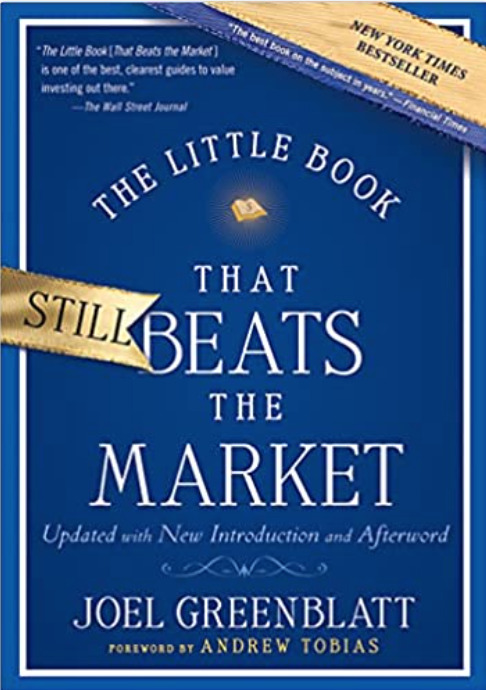
“His ‘Little Book’ is one of the best, clearest guides out there.”
Wall Street Journal
Joel Greenblatt’s first book, The Little Book that Beats the Market, is one of the classics of finance literature. Five years later, he revisits his “magic formula” and updates and expands upon the research findings. In a straightforward and accessible style, he explains a method for systematically seeking out good businesses at bargain prices.
Although the focus leans towards the principles of value investing and long-term strategies for stocks, the content is suitable for anyone dealing in the financial markets. Suppose you master the strategy of finding above-average assets available at below-average prices. This is something that can be applied by any trader that applies fundamental analysis.
Greenblatt addresses the skeptics and reveals why his formula continues to work even though the foundation was laid more than 70 years ago. While it’s not wise to follow just one formula, it’s useful to know which ones have been extensively tested in the academic and professional world.
Trader Construction Kit: Fundamental & Technical Analysis, Risk Management, Directional Trading, Spreads, Options, Quantitative Strategies, Execution, Position Management, Data Science & Programming by Joel Rubano

“A thorough, 360-degree treatment of the financial market knowledge and practices known to professional traders.”
Bruce W. Weber, University of Delaware
Although Trader Construction Kit is positioned as a resource for undergraduates, MBAs, and Masters of Finance, reviewers say that didn’t feel like they were reading a textbook. The book offers thorough and accurate insight into trading strategies and lessons gained in the life of a trader.
The chapters cover:
- Pricing and hedging
- Volatility and risk characteristics, reward in potential positions
- What shapes the behavior of market participants
- How personality forms the approach
- Role of a trader in financial institutions
- Data science and programming for traders
Before going in, know that it is not an introductory book. You need to have a basic understanding of technical analysis.

A Beginner’s Guide to the Stock Market: Everything You Need to Start Making Money Today by Matthew R. Kratter
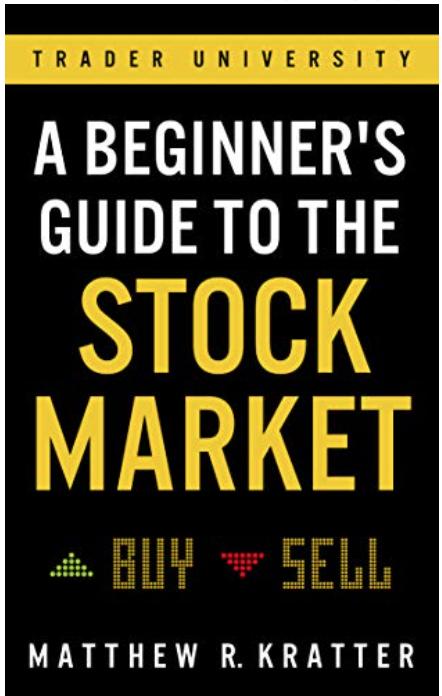
Once again, don’t let the name steer you away — the skills you apply to the stock market can be carried over to other markets. This book can’t be called a classic yet, but it has everything you need to know at the start of your trading journey. If you consider yourself an intermediate trader, the book can be an eye-opener in terms of what drives the market.
Here are some of the topics you can learn about:
- How to open a trading account
- How to make the right picks
- How to trade momentum
- Insider tricks
- How to generate additional income
The advice is short and straightforward, like “If you are going to trade before the market opens or in the after-hours market, always use a limit order.”
Trading: Technical Analysis Masterclass: Master the Financial Markets by Moritz Czubatinski
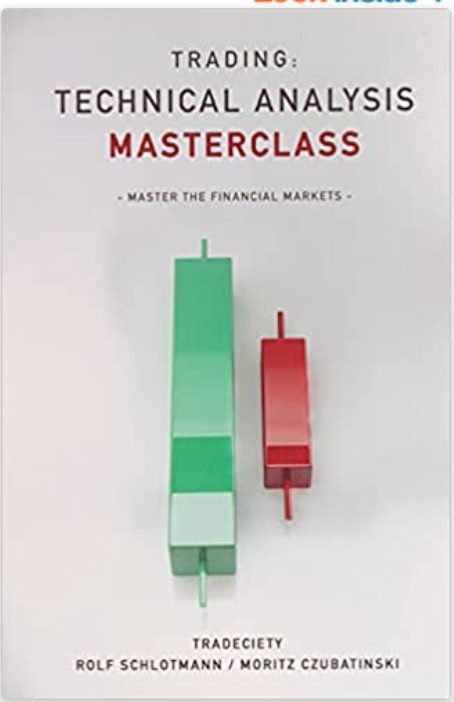
The book is relatively short but packed with information. It dives head-on into the explanation and interpretation of price movements and chart patterns. It teaches how to interpret any chart situation, understand why prices rise and fall, and why markets behave what they do.
The book is structured in three parts:
- Fundamentals and individual components of technical analysis and price analysis
- The most important trading patterns, interpretation of chart formations, and entry signal points
- The rules for building a customized trading strategy, psychological trading concepts, and practical tips
Even though the main focus is on strategies, charts, and signals, Czubatinski highlights that markets are made up of people’s interactions. There is a good portion of the book exploring the psychological factors behind trading. He studies how emotions have the power to drive significant price movements in international markets.
Why Read Books about Trading?
There are several reasons why you should read books about trading, including:
· You may learn numerous trading tips
· They can help you find your trading style
· You get access to professional advice
· They provide knowledge of how the market operates
· They can tell you what mistakes to avoid
· You can step up your trading game
· Reading them can increase your motivation
Reading trading books can offer you enough information so that you can develop your own strategy. Here are a few more books you can add to your list:
· Getting Started in Technical Analysis by Jack D. Schwager
· Stocks on the Move: Beating the Market with Hedge Fund Momentum Strategies by Andreas Clenow
· The Psychology of Mastering the Markets by Wiley Trading
· Quantitative Trading Strategies by Lars Kestner
· Trade Your Way to Financial Freedom by Van K. Tharp
So, get your highlighters ready, and go ahead!
***
Remember Tony, our amazing financial analyst? He has collected his own list of books that might be helpful in trading. Check it out in the video!

Tony is a financial analyst of the Binomo team. He is a trader with many years of experience in the market. Tony is the face of our YouTube and Instagram channels and is doing everything to help traders achieve new heights.

